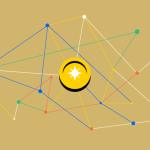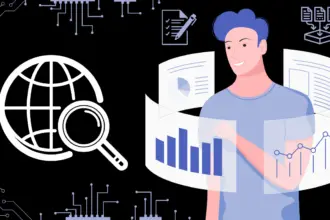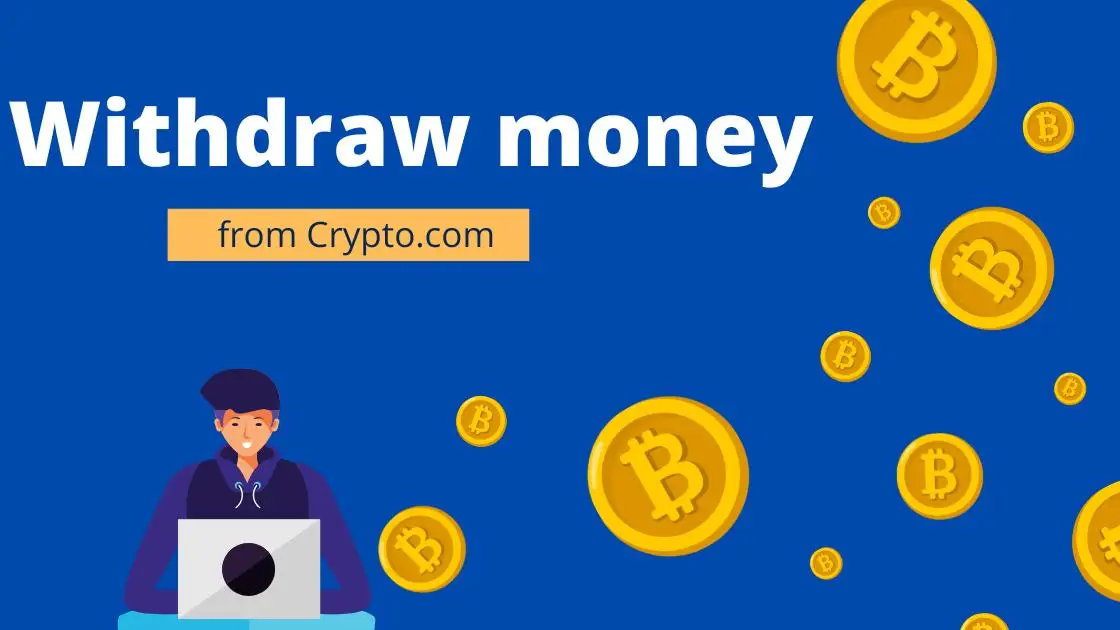
Even though Bitcoin is digital money, it can’t be created endlessly. Verifiable scarcity is core to its value proposition. Foundational to the Bitcoin protocol are two concepts relating to scarcity. First, there will only ever be 21 million bitcoin. (As of late 2020 there were less than 2.5 million bitcoins remaining to be virtually “mined.”) Second, the amount of new bitcoin added to the network will be reduced by half every four years. This second concept is referred to as halving.
At the beginning of 2020, 12.5 new bitcoin were added to the network every 10 minutes via virtual “mining.” In May, that amount was halved, to 6.25. In 2024, it will drop to around 3.125 — and the process will continue until all 21 million coins have been mined (which estimates say should happen around the year 2140).

Why is the Bitcoin halving important?
By issuing fewer bitcoin over time, the halving makes it more likely that Bitcoin’s value will rise (assuming consistent levels of demand). This is in sharp contrast to fiat currencies, which typically decline in value over time via inflation – which is why you could get a Coke for a dime in the 1960s. The halving is one of the ways Bitcoin’s protocol maintains scarcity, and scarcity is one of the reasons why Bitcoin is sought after by millions of people.
How does it work?
Bitcoin is often compared to gold — because similar to the precious metal, Bitcoin is a valuable, scarce asset that would likely resist inflation. But unlike gold, Bitcoin is digital (it can be sent globally almost as easily as sending an email) and its exact scarcity is known and verifiable by anyone. According to the United States Geological Survey, all the gold that’s ever been mined would fit into just over three (Olympic-sized) swimming pools, but there’s no way of knowing exactly how much gold is still in the Earth. In fact, new discoveries of gold happen every year, leading to an unpredictable supply schedule. Bitcoin, on the other hand, is finite and its supply schedule is known: there will only ever be 21 million, and — as of late 2020 — less than 2.5 million remain to be mined.
-
Like gold, Bitcoin is mined, but it’s done electronically by a global network of computers competing to verify bitcoin transactions.
-
Miners are rewarded in bitcoin. In early 2020, 12.5 new bitcoins were given out about every 10 minutes. In May, the reward was halved, reducing it to 6.25 new bitcoins every 10 minutes.
-
Approximately every four years, the bitcoin mining reward, also known as the “block reward” will continue to be halved. This will go on until all 21 million bitcoins are mined around the year 2140. (At this point, bitcoin miners’ income will come entirely from transaction fees on the network, as opposed to earning newly minted Bitcoin directly.)
-
It’s impossible for more Bitcoin to ever exist. This is contrary to fiat currencies, where more money can be printed at the discretion of the government or central bank, potentially leading to inflation.











